Shading and Light: A Guide for New Artists
Chosen theme: Shading and Light: A Guide for New Artists. Step into a friendly studio atmosphere where light becomes your teacher and every shadow reveals form, depth, and drama. Subscribe to follow weekly exercises, share your sketches, and grow alongside fellow beginners.

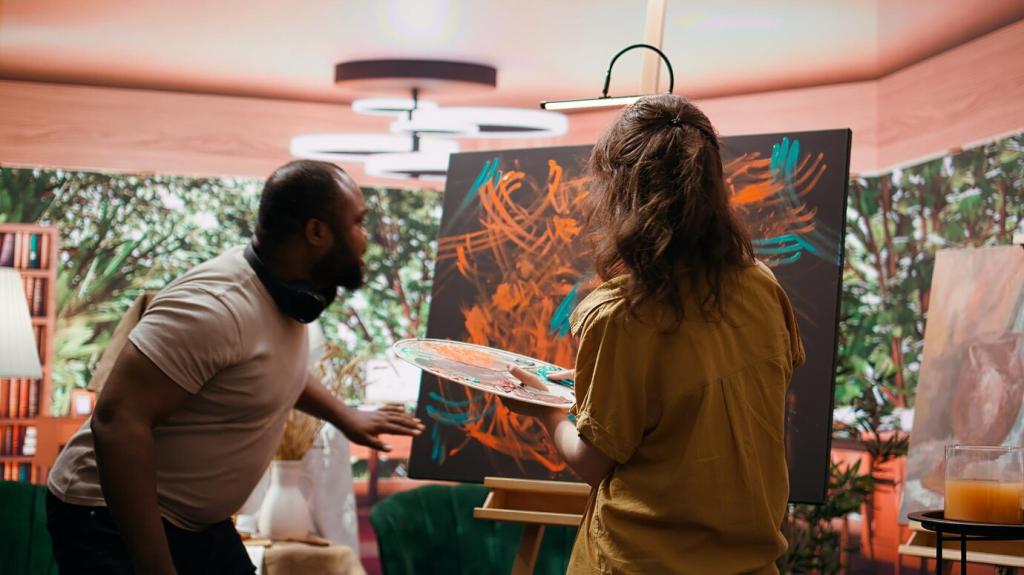
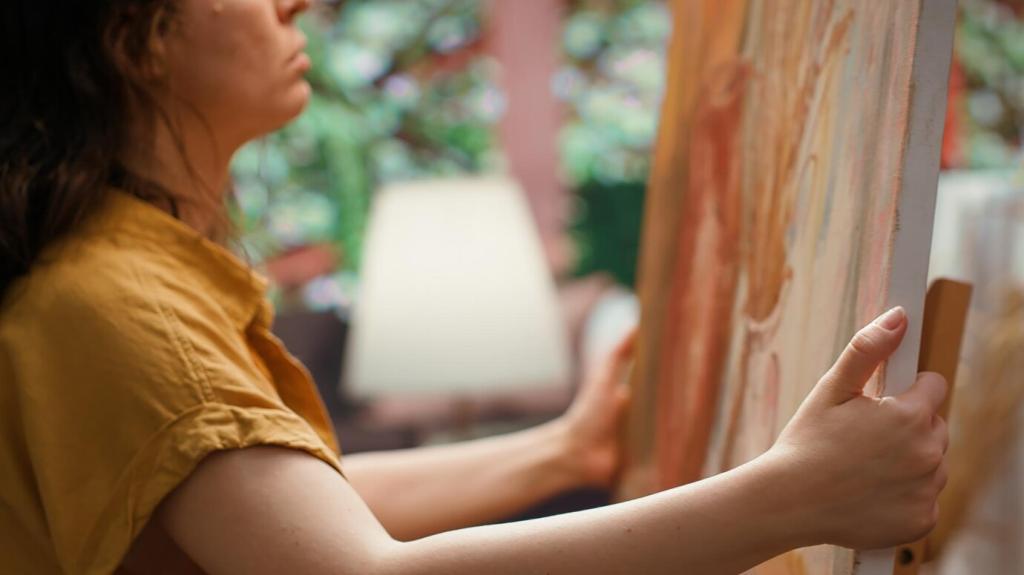
The Nature of Light and Shadow
Explore direct sunlight, overcast skies, lamps, and screens, and notice how each creates different edge quality and shadow length. Post a quick study comparing two sources, and tell us which one felt easiest to control.
The Nature of Light and Shadow
Hard edges appear under strong, small light sources; soft edges appear under large, diffused light. Practice by shading a sphere under a desk lamp and a window on a cloudy day. Share which setting revealed smoother transitions.
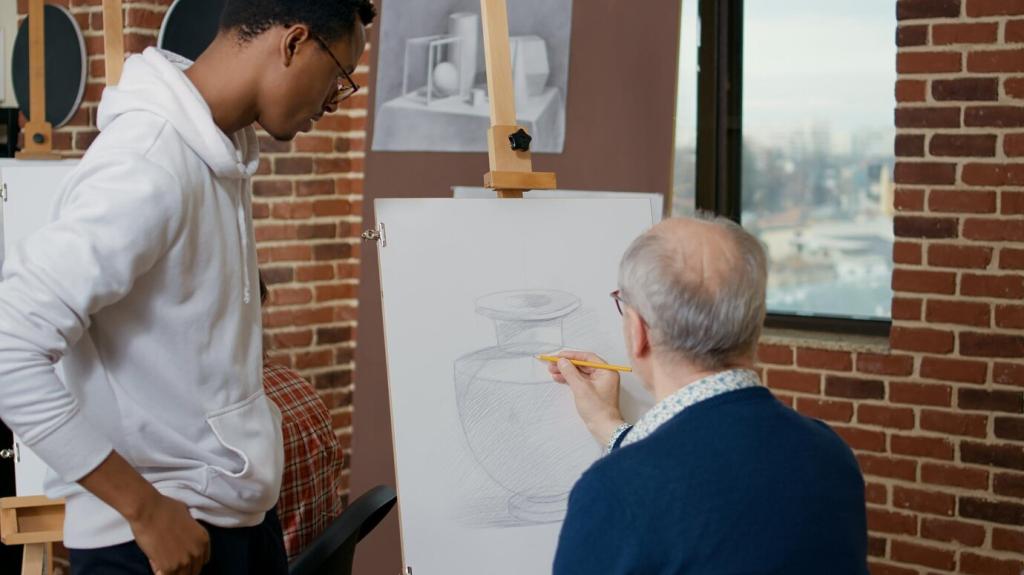
Hatching and Cross-Hatching
Lay parallel lines to describe light flow, then cross them to deepen value. Vary spacing and angle to follow the form, not the page. Share a swatch sheet and note where your transitions felt most natural.
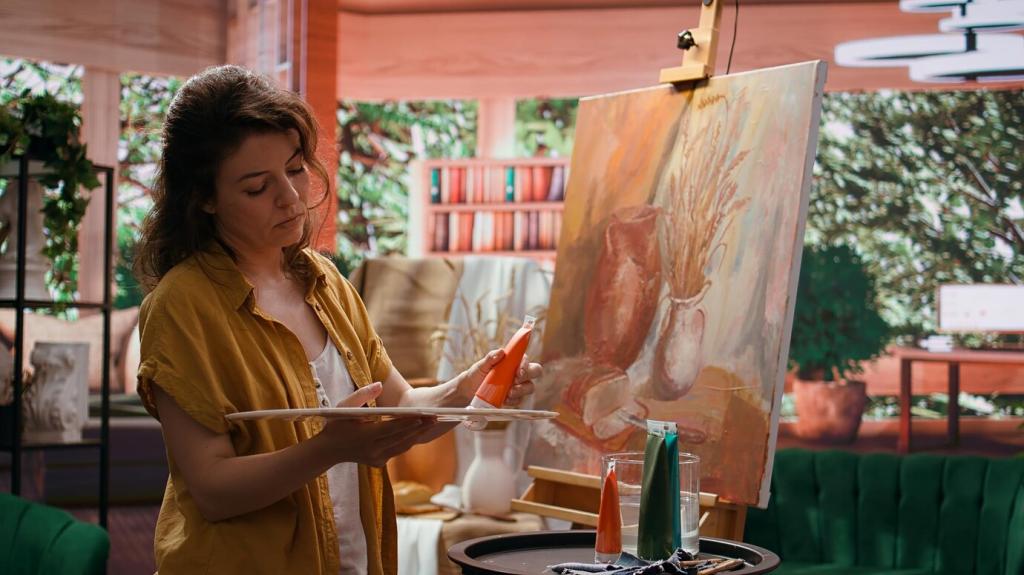
Blending Without Muddying
Use tissue or a blending stump lightly, preserving highlights. Blend from light to dark, not the reverse. Keep edges intentional to avoid chalky tones. Post your before and after, and discuss what tool gave you control.
Mastering Value: The Scale That Shapes Everything
Make a numbered scale from lightest paper to your darkest mark. Compare it to every area in your reference to avoid guesswork. Share your scale, and note where your pencil type limited your darkest value.
Mastering Value: The Scale That Shapes Everything
Squint to merge mid-tones and identify big value masses. Block them in boldly before refining edges. Post a three-value thumbnail and tell us how simplification changed your confidence in later details.
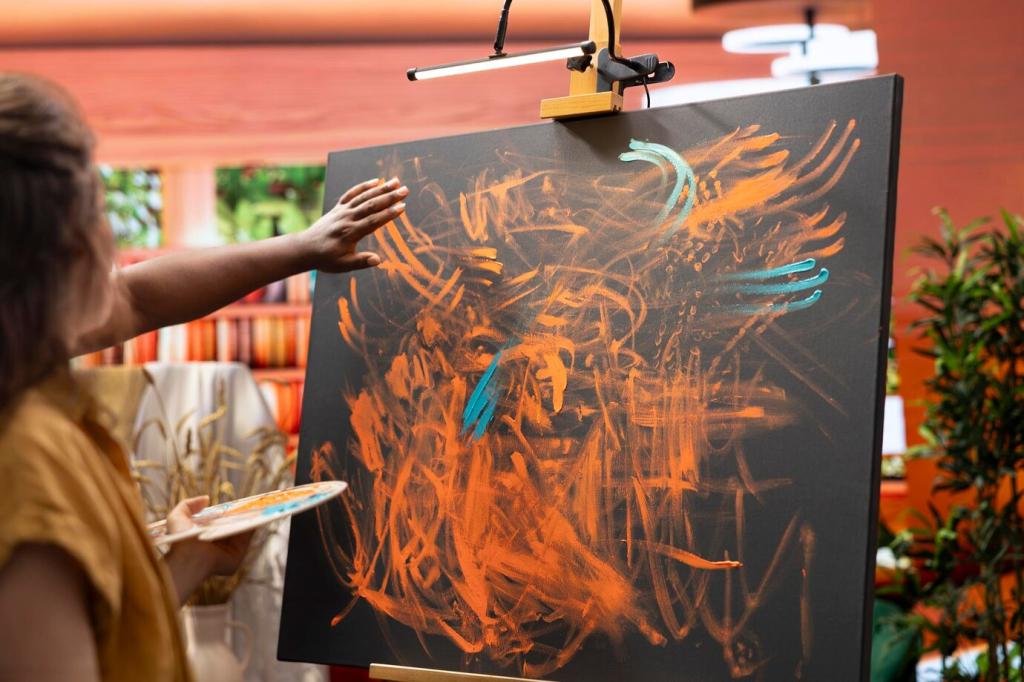
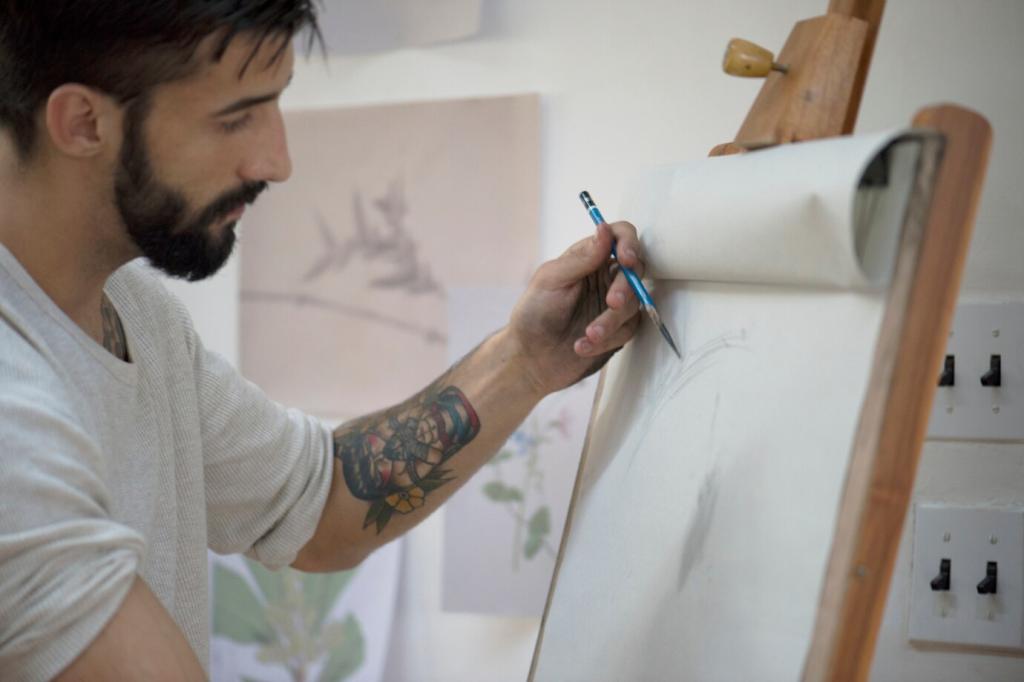
Form Fundamentals: Spheres, Cubes, Cylinders, and Cones
Sphere Study and the Terminator
Locate highlight, halftone, terminator, core shadow, reflected light, and cast shadow. Label them on your drawing to reinforce memory. Post your sphere and circle the softest transition you observed under diffused light.
Cube Logic and Planes
Cubes reveal plane changes clearly. Assign each plane a distinct value based on its angle to the light. Photograph your setup and share how rotating the cube shifted relationships between top, front, and side.
Cylinder Gradients and Edge Control
Wrap your shading around the cylinder with consistent curvature. Practice clean gradations and sharp cast shadow edges. Upload a side-by-side comparison of a pencil and charcoal version, noting which medium described form better.
Warm Light, Cool Shadows
Under warm sunlight, shadows often lean cooler by comparison. Translate this into graphite by adjusting edge softness and value contrast. Share a photo reference you used and explain how you interpreted temperature with grayscale.
Overcast Balance and Subtlety
Cloudy days flatten contrast, emphasizing gentle transitions. Focus on nuanced halftones rather than punchy highlights. Post a street object study from an overcast photo and describe one subtle shift you are proud of capturing.
Indoor Lamps and Mixed Sources
Household bulbs create warm pools of light, while screens add cool accents. Observe competing temperatures and choose a dominant. Share your composition choices and ask readers whether your focal area reads clearly.
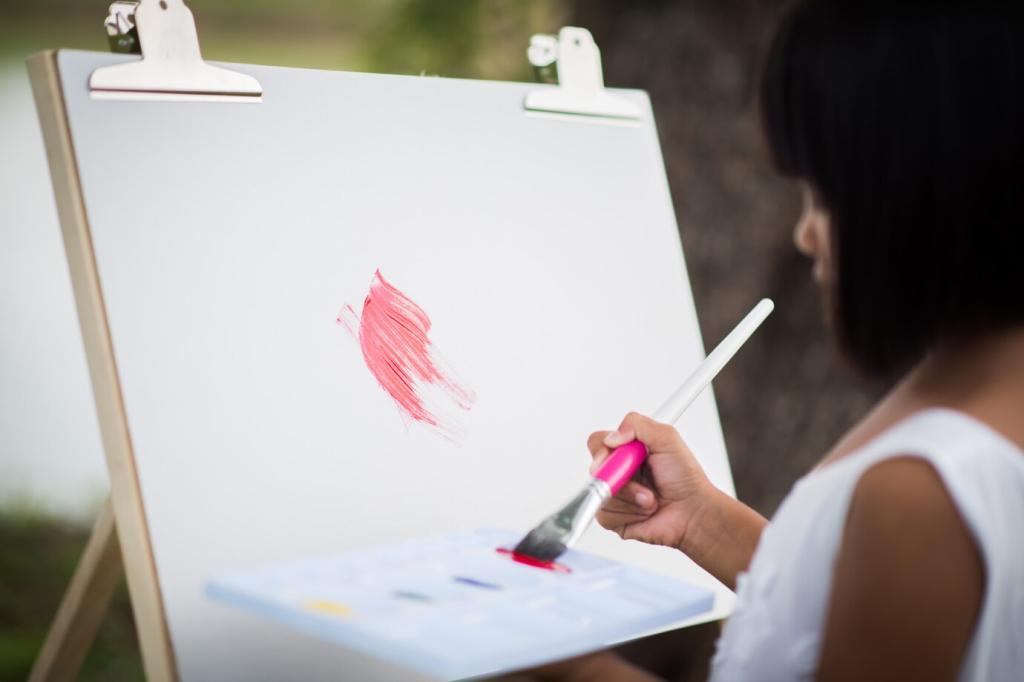
Observational Drills That Build Confidence
Set a timer and do three tiny studies: one for big value masses, one for edge types, one for cast shadows. Post your trio and describe which thumbnail guided your final drawing most effectively.
Leading the Eye With Contrast
Place the highest contrast at your focal point. Let secondary areas fall into quieter mid-tones. Share two versions of the same scene with contrast moved around, and ask readers which narrative feels stronger.
Silhouette Power and Readability
Simplify your subject into a clear silhouette first. If it reads well, shading will only enhance it. Post a blacked-in silhouette and the finished shaded piece, explaining what shapes carried the story best.
Chiaroscuro for Emotional Impact
Use bold pools of darkness and strong illumination to carve depth and tension. Try a single-candle still life. Invite comments about which edge softness made the moment feel intimate rather than theatrical.
Pencils, Charcoal, and Paper Tooth
Mix HB through 6B for a broad range. Charcoal gives rich darks quickly, while paper tooth affects blending. Share your favorite combo and how it changed the darkest passages in your latest study.
Blending Stumps and Clean Technique
Dedicate separate stumps for light and dark to prevent contamination. Roll rather than drag when possible. Post a swatch test showing cleaner gradients and ask for tips from readers who master delicate transitions.
